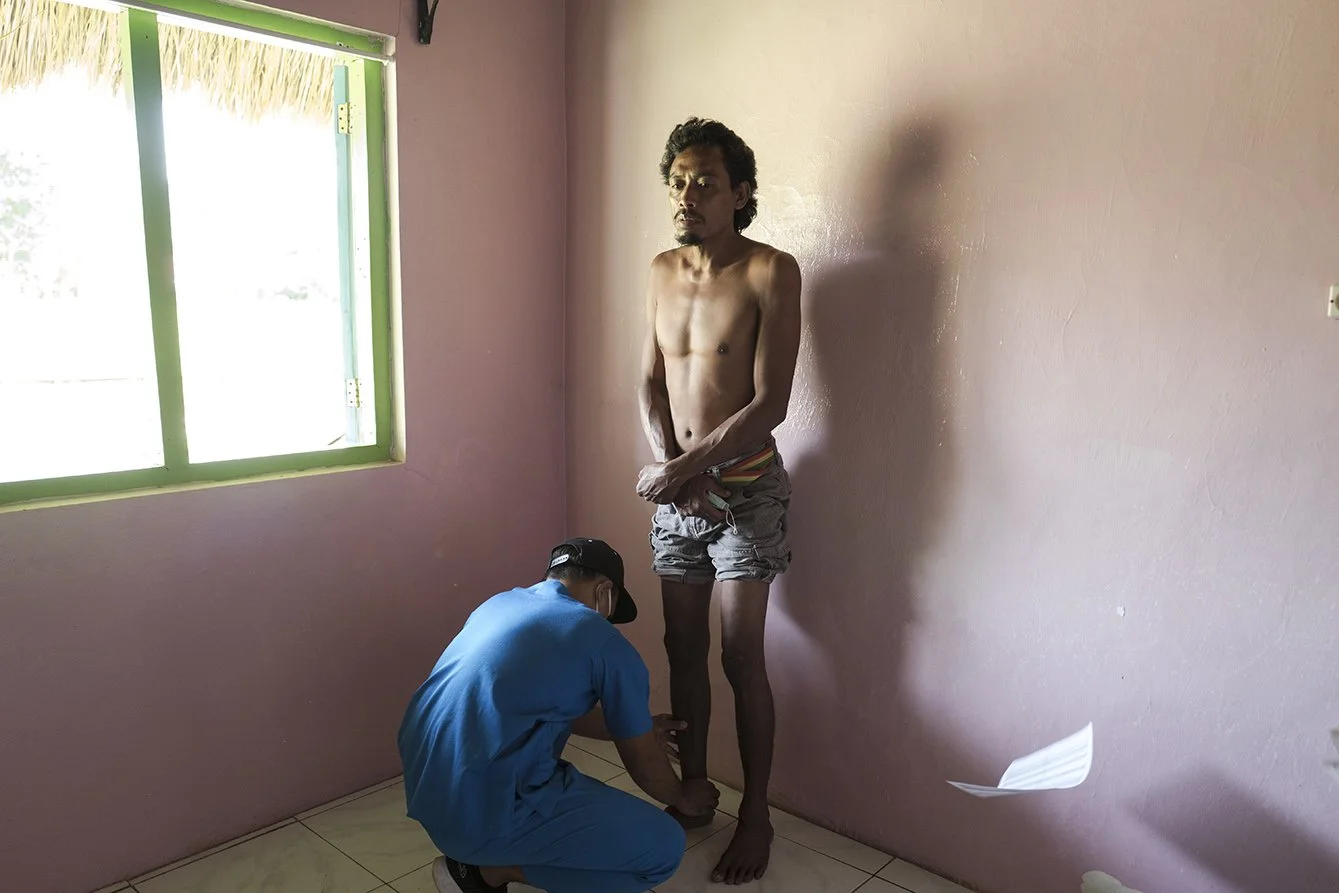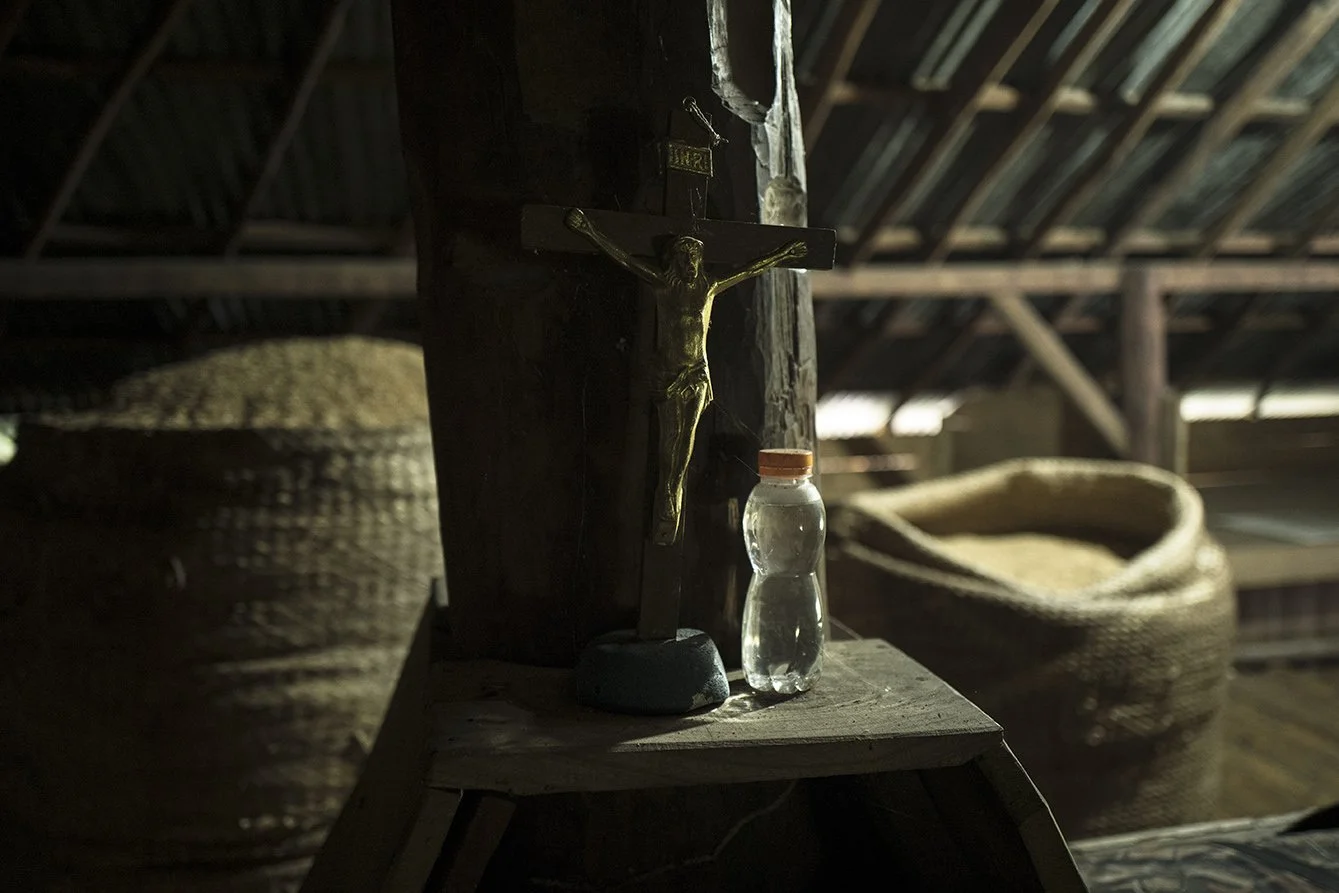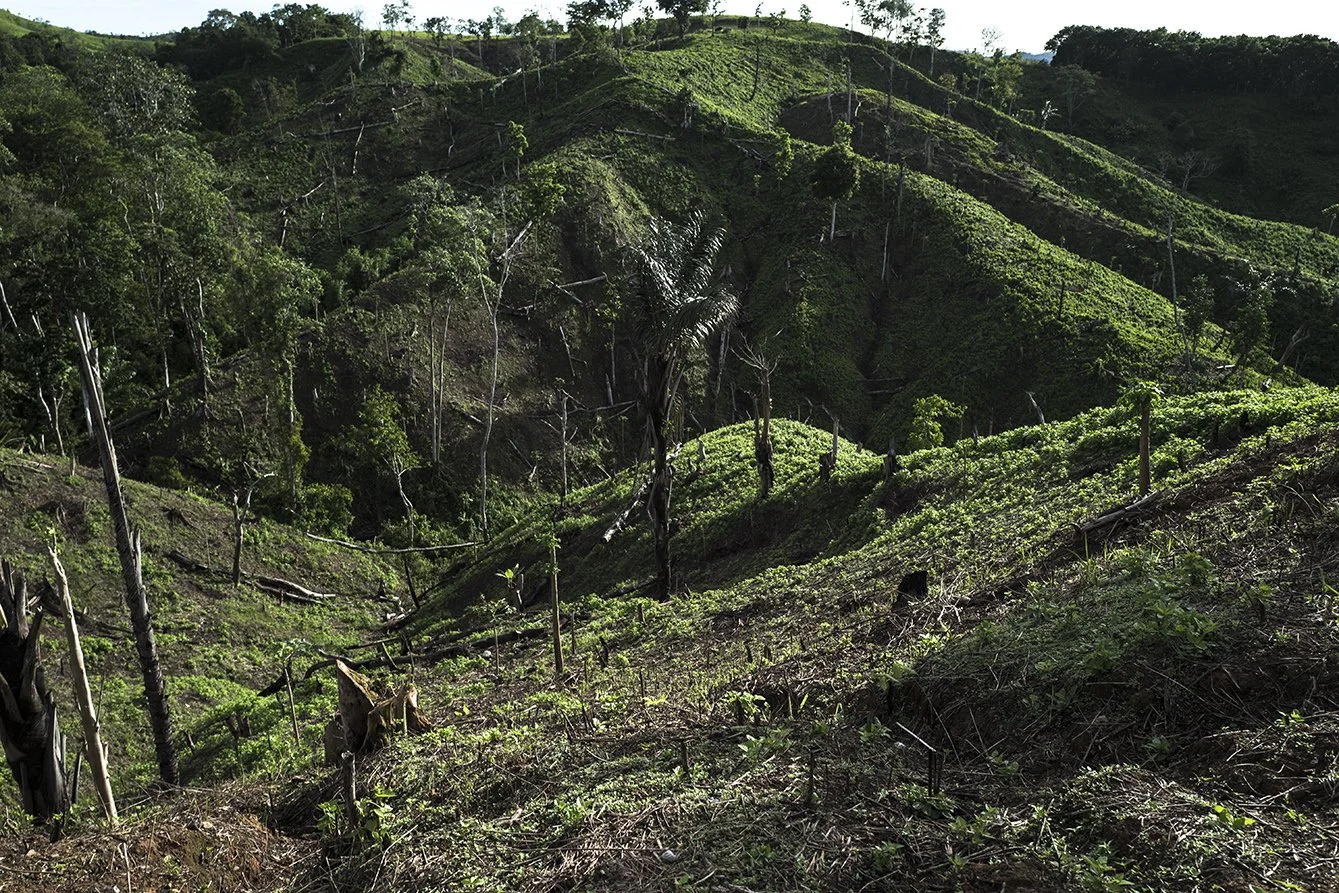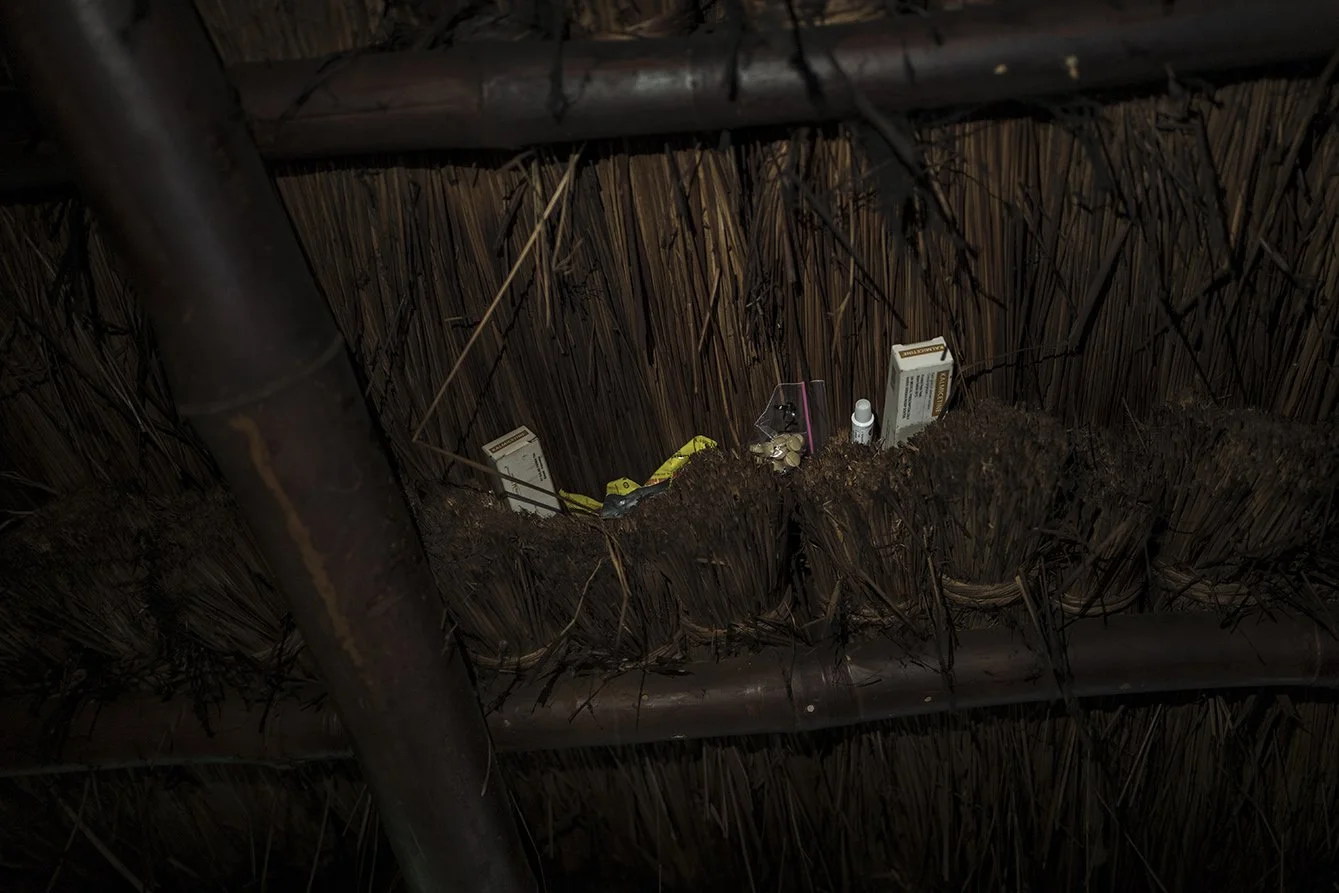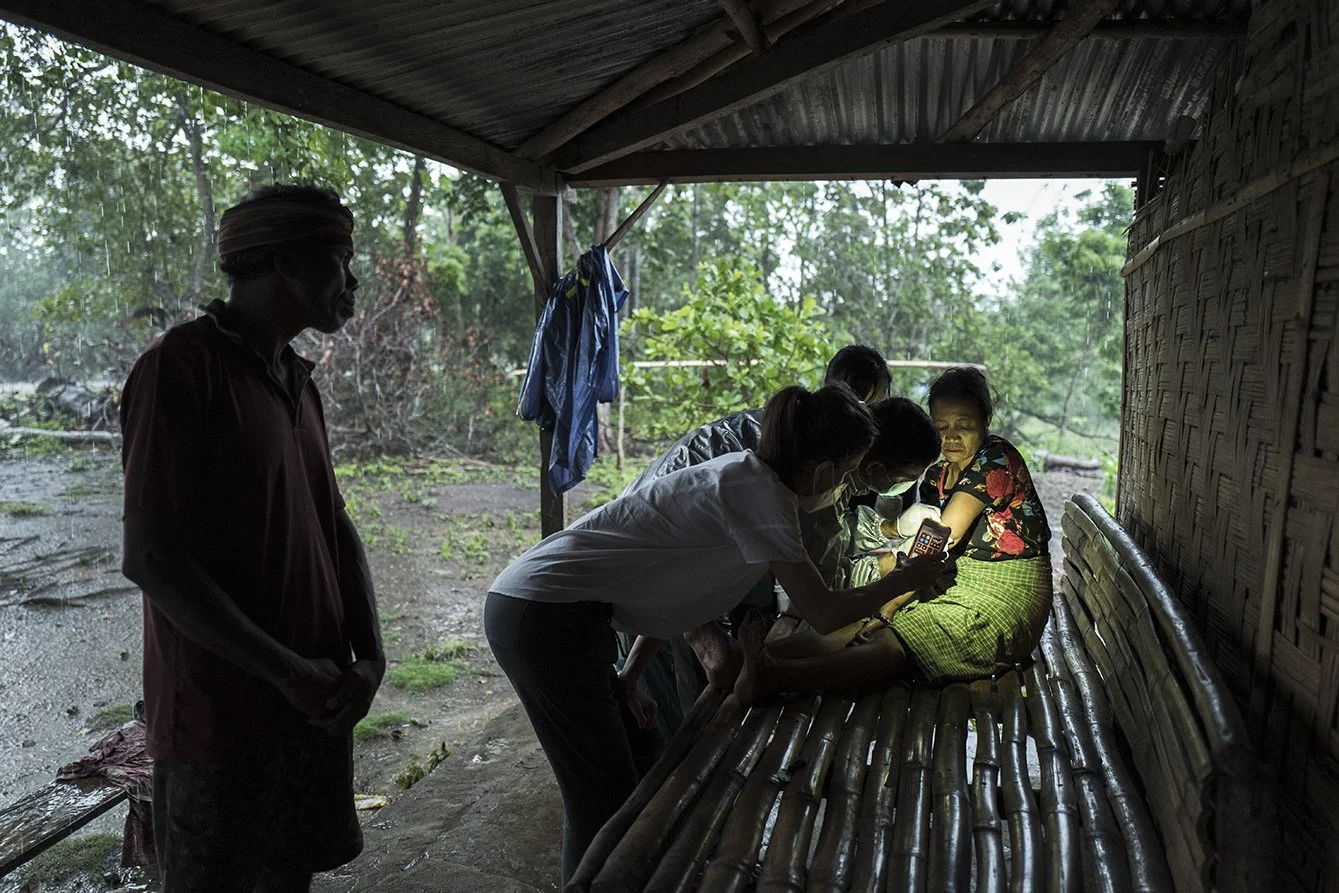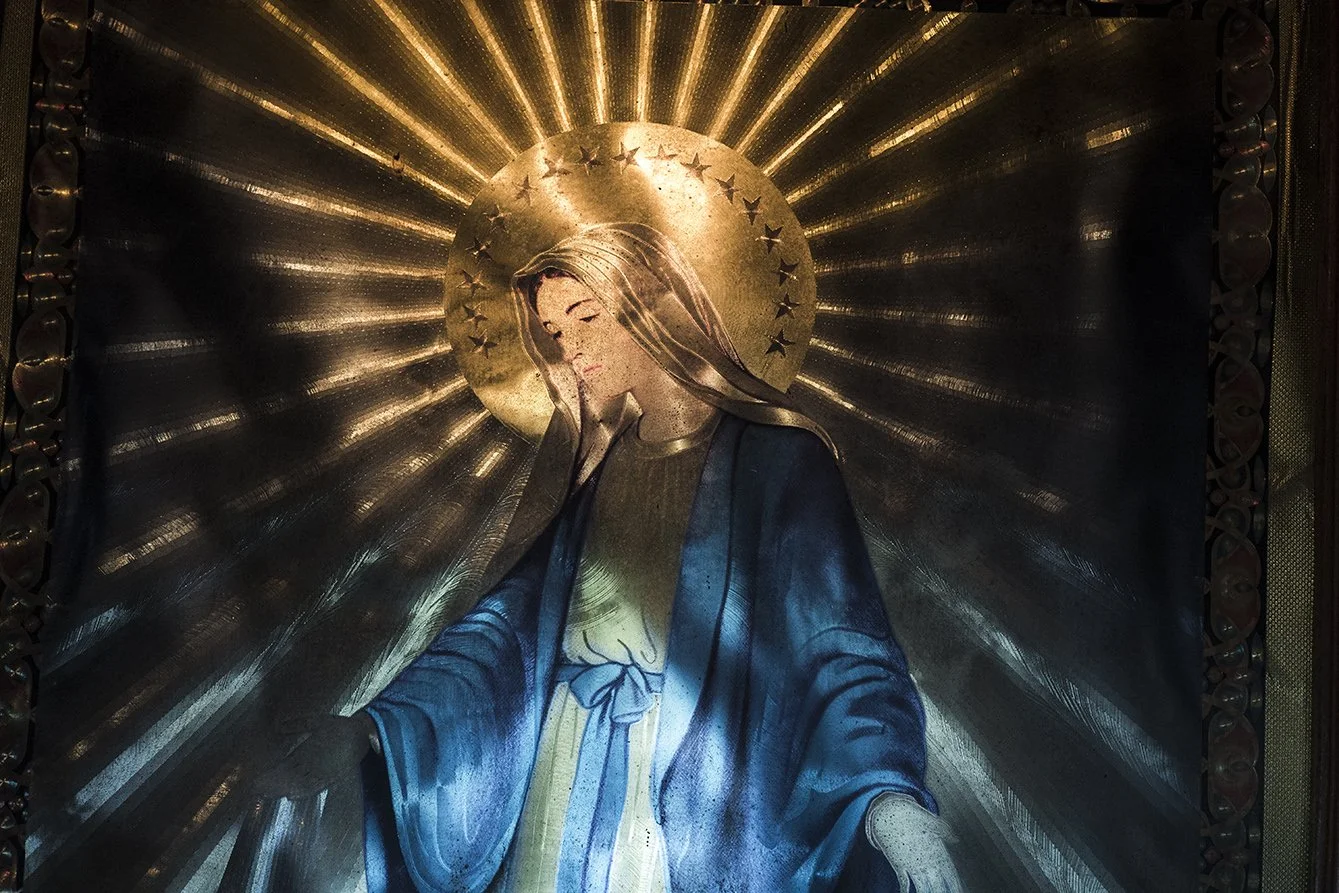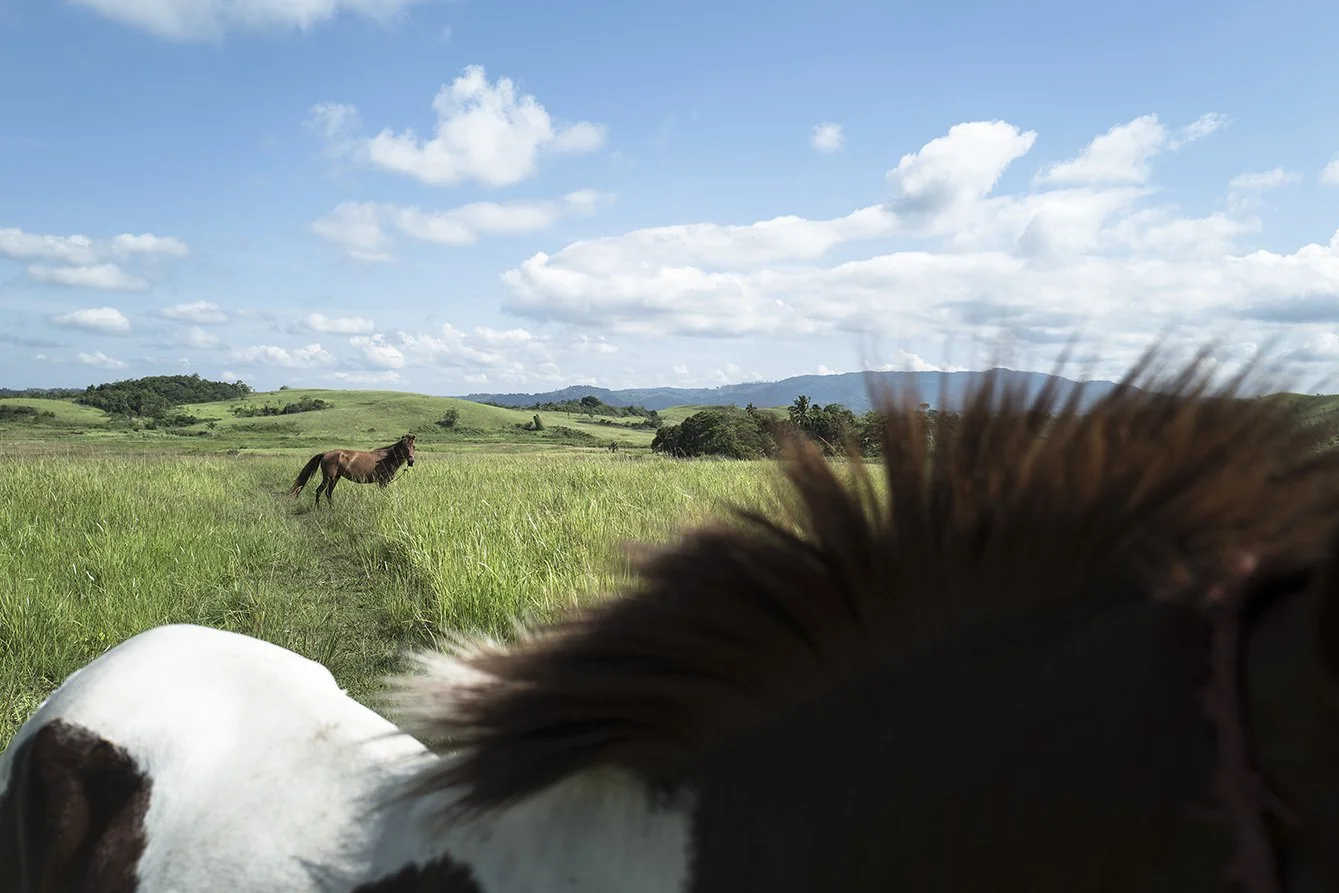Letter From The Hills
It was the planting season in November 2021, I encountered six leprosy patients in the districts of West Sumba and Southwest Sumba. The paradise is known as the land of a thousand hills in East Nusa Tenggara, and a land that is ingenious enough at making sweet memories through its landscapes and cultural heritage. However, this persona can disappear easily when leprosy becomes a polemic during infrastructure challenges and endless poverty.
Unfortunately, Sumba is one of the poorest islands of NTT and has a population of 800.000 citizens. The island is plagued with high burdens of disease, including malaria, tuberculosis, and many neglected tropical diseases (NTDs). Skin-related problems are common and include skin-NTDs, such as leprosy, filariasis, scabies, headlice, deep fungal infections and yaws.
According to the local authorities, leprosy no longer exists in Sumba. Multi-drug therapy (MDT) and specialized leprosy care are not available on the island. These findings illustrate a glimpse of disease which is more prevalent than previously thought.
Leprosy is an infectious and contagious disease caused by the bacterium Mycobacterium leprae. Transmission is through direct contact with patients with an incubation period of 2 to 10 years. Leprosy can cause chronic skin sores, nerve damage, and impaired muscle function.
On a global scale, Indonesia is the third country with the highest number of cases of leprosy after India and Brazil. According to the Ministry of Health, leprosy is still a complex problem from a health and social perspective. Ironically, in 2021, Indonesia has 7201 new cases with a disability rate of 84.6 percent.
In the island skin-related problems are common and include skin-NTDs, such as leprosy, filariasis, scabies, headlice, deep fungal infections and yaws. Nevertheless, the local healthcare system lacks the human resources and medical infrastructure to provide adequate services and alleviate this high burden of skin diseases.
However, most leprosy cases found during the skin examination in the clinic. If the clinic does not have a proper facility, a period of misdiagnosis often occurs where leprosy patients are only considered having a skin disease. Through this visual narrative, I explore these individuals’ personal relation towards the challenges of landscape, culture, stigma, and hope. (2021)
The project is fully supported by Oucru Indonesia




